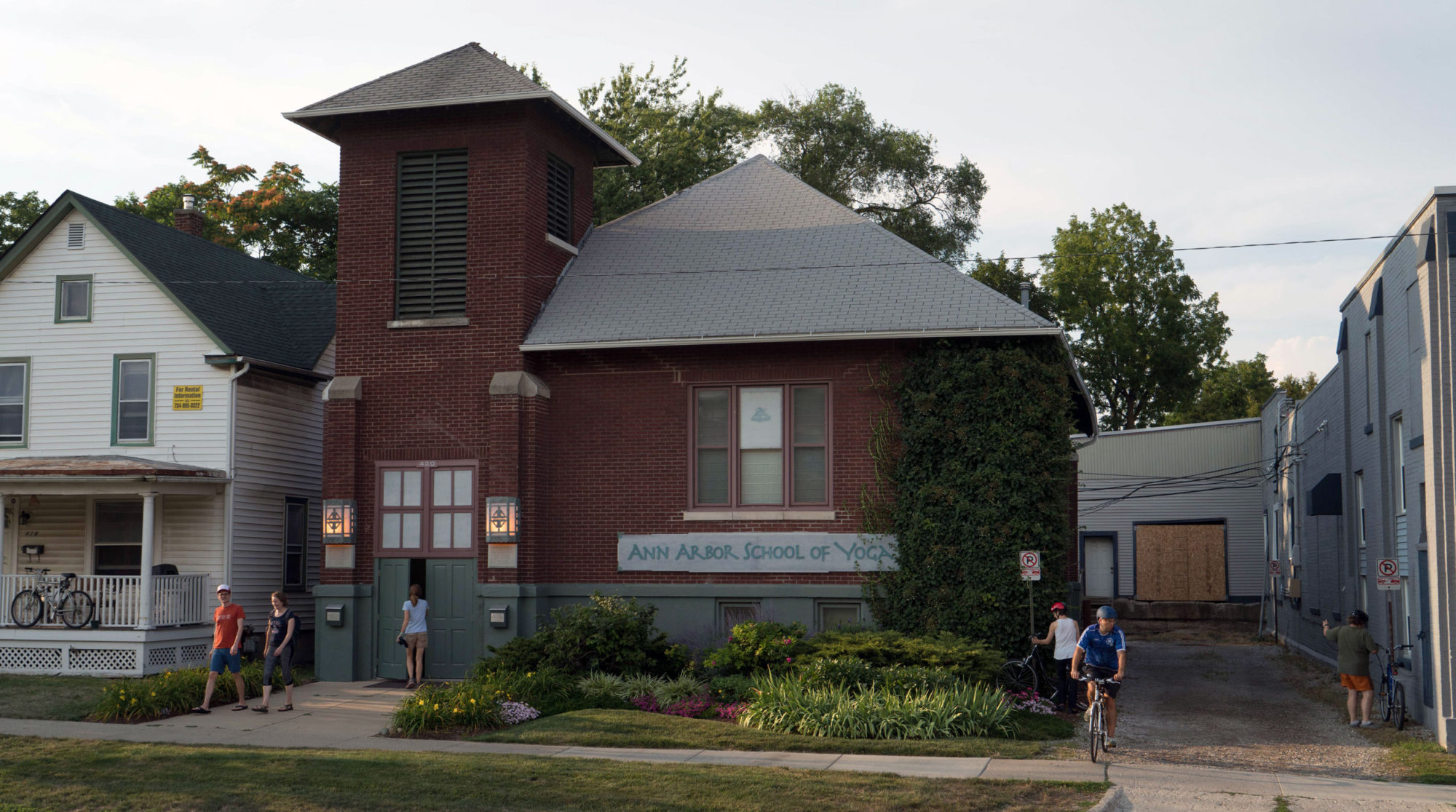While we are all enclosed and sheltered and being responsibly distant I’m reminded of the practice mode of encasing one pose in the center of a series. We do a chain of asanas towards one center asana. The phase of going in is called pratiloma vinyasa. Pratiloma vinyasa moves from simple to complicated; it charges the body and ignites intelligence.
From that center pose, we then practice the same poses in reverse order returning to the first pose. This phase of returning is called anuloma vinyasa. Anuloma vinyasa is returning as we pacify the complete system of body and consciousness.
This mode of practice reminds me of moving towards and away from things. How arriving is different than leaving, and how we will all see this current crisis through to the other side.
The chain of standing poses below can be done a variety of ways such as:
- All to one side, going into final pose then coming out to first pose. Then repeat entire chain for the other side.
- All to both sides, going in to final pose, then all to both sides coming back to first pose.
- Set up an “expanding chain”. Practice #’s 1,2,3,2,1 then 1,2,3,4,3,2,1, then 1,2,3,4,5,4,3,2,1 etc. for as far as you want to go.
- Hold each one for 2 to 4 breaths
- Hold each one for 2-4 minutes
- Do the whole chain with the back to the wall
- Do the whole chain facing the wall
- Do the whole chain with back foot to the wall, or lifted knee to the wall for Tree Pose
Open your practice with the invocation or just sitting quietly, becoming centered and focused.


I guess I should have said it was a day when I didn’t have as much time as other days!
I tried #1 – twice for both sides – holding each pose for 4 breaths. It was perfect because it seemed to take a little less time. I really needed the second attempt since I was figuring it out in the first one. A third attempt would be great too! I’m looking forward to trying the other options 🙂
I remember when Gem for Women first came out. I ofter would read this to classes and recorded it on an old cassette for myself – can’t be doing it if you’re reading it! Thanks Becca, I’m going to add the double click instructions into the blog. What versions of the “chain” did you practice?
I loved ending the sequence with the instructions for Savasana. I had a little trouble opening the YouTube video at first, but you just have to double click it. It also worked from my browser. I found it was perfectly timed to bring me in and out of the pose!
Today I did it a different way.
First, foot and ankle work. I did all the armwork here from the encasement sequence (but not encased) because I planned to do only Urdhva Hastasana during the sequence.
This time, I did the whole sequence from Tadasana to Trikonasana and back, first on one side, then the other. (But only Urdhva Hastasana for the arms.) I planned it so the that standing leg (R leg first time around) would be the same in Vrksasana and Ardha Chandrasana. I was so curious to know what the effect would be in Vkrsasana at end that on the first side, I inadvertently skipped a lot of the standing poses on the way out, due simply to lack of paying attention! (Urk!) I definitely did not repeat Ardha Chandrasana (but didn’t skip the 2nd one on purpose!). Both Vrksasanas went as well as I can do them when they are going well for me (that is, place up-foot, arms to Atmanjali Mudra, arms up, reverse the process getting out with no falling over. (Hmm, Vrksanana itself is a little encasement.) The Vrksasana at the end of the sequence was calmer and easier than the one at the beginning. I didn’t expect that.
For the 2nd side I didn’t forget any poses, yay. Going out I did pass through Trikonasana before Utthitha Parsvakonasana. It will be interesting to try Ardha Chandrasana and land in Utthitha Parsvakonasana coming out.
Inversions and savasana to end.
This set really intrigues me. I keep thinking what if I try this, what if I try that.
Hi Susan,
Yes this one is tricky, good for many attempts, with lots of variety.
I chose to do the one side in and other side out out, back to the wall to get a “full” opening in the standing poses. I did a short hold on the first round with no props as best I could, doubled the hold on the second round using a block, and a short round again with no props, ending with savasana. The first two rounds felt pretty disconnected for me between the arm work and the standing poses, but by the last round I felt it flowed better and had the inward/outward feel you wrote of. Going to try #2 way tomorrow.
Great work Kathy. Sorry to hear that ankle is still bothering. I like the way you used the practice sheet. I hope all do edit and adjust to suit their own needs.
I started with some seated poses that help my R foot/ankle/leg.
Then I did 2 small encasements.
I went from 1 – 3 on the list all on one side first then repeated on the other side. 1) Tadasan 2) arm work in Tadasan 3) Vrksasana and back. To my surprise I was able to do Urdhva Baddha Anguliasana in Vrksasana as well as Urdhva Hastasana.
When I went back and did the arm work on the way back I could see why Gomukhasana arms and Garudasana arms both threw me off balance in Vrksasana.
I’m trying to get some bends and kinks out of my R leg/foot. So I like to do Trikonasana to see if things are improving. So I did a second small, encased sequence (again, everything one side and then everything on the other side) 1) Tadasana 2) Utthitha Hasta Padasana 3) Parsva Hasta Padasana (turning the R foot is difficult for me right now) and finally 4) Trikonasana (and back).
Then the inversions, and Savasana.
Yes! Our mutual involvement with the practice does connect us. Thanks Alexa, please stay well.
Thank you, for staying in touch, Laurie.
The new twist on the phrase – physically distant but socially connected…something like that. It is heartening, to me, to know that we are all still connected through our yoga practice.
I think of you all when I am on the mat.
Big Hugs!